Selling your home is a big milestone, and it often comes with a mix of excitement and pressure. Every homeowner wants their property to make a great impression on potential buyers, but sometimes small mistakes can send the wrong signal. The truth is, buyers tend to make quick judgments the moment they walk in or even before, from the listing photos. Simple oversights like poor lighting, too much clutter, or ignoring minor repairs can lower your home’s appeal and even reduce its value. The good news is, most of these pitfalls are avoidable with a bit of planning and attention to detail. By knowing what not to do, you can make your home stand out for the right reasons. Here are 15 things you’ll want to avoid if you’re serious about selling your house.
1. Neglecting Curb Appeal
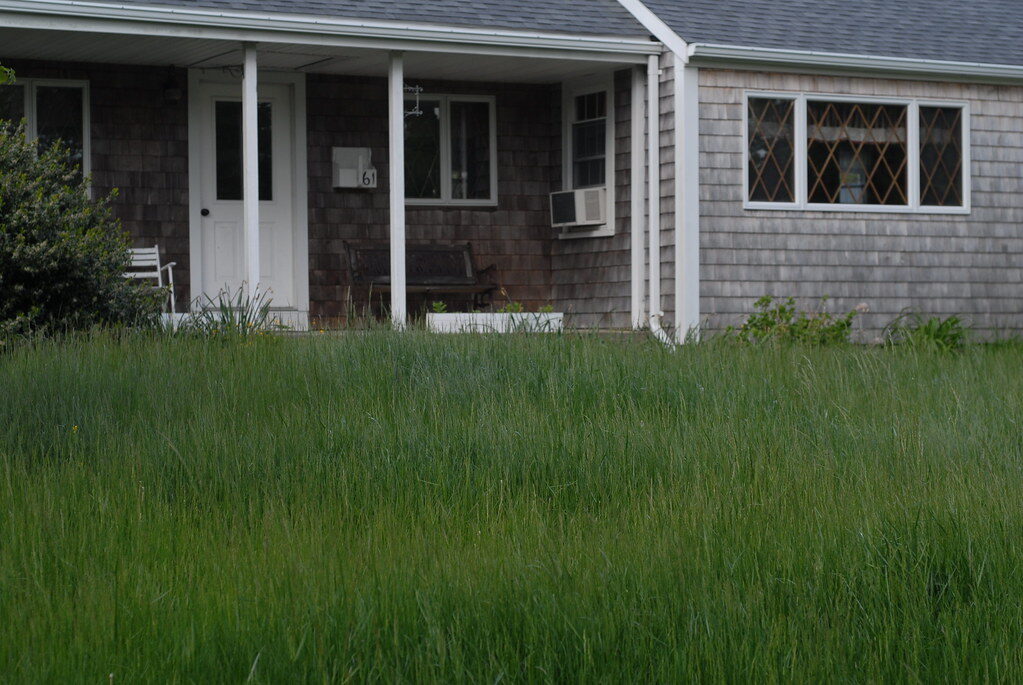
First impressions matter, and the exterior of your home sets the tone for everything that follows. Overgrown lawns, peeling paint, or broken fences can make buyers assume the inside is just as neglected. Fresh landscaping, trimmed hedges, and a clean walkway show that the home is well cared for. Even small touches, like a new doormat or seasonal flowers, can brighten the look. A buyer often decides within minutes if they feel good about a property, so giving the exterior a tidy, welcoming appearance is a simple but powerful way to attract more interest.
2. Leaving Clutter Everywhere
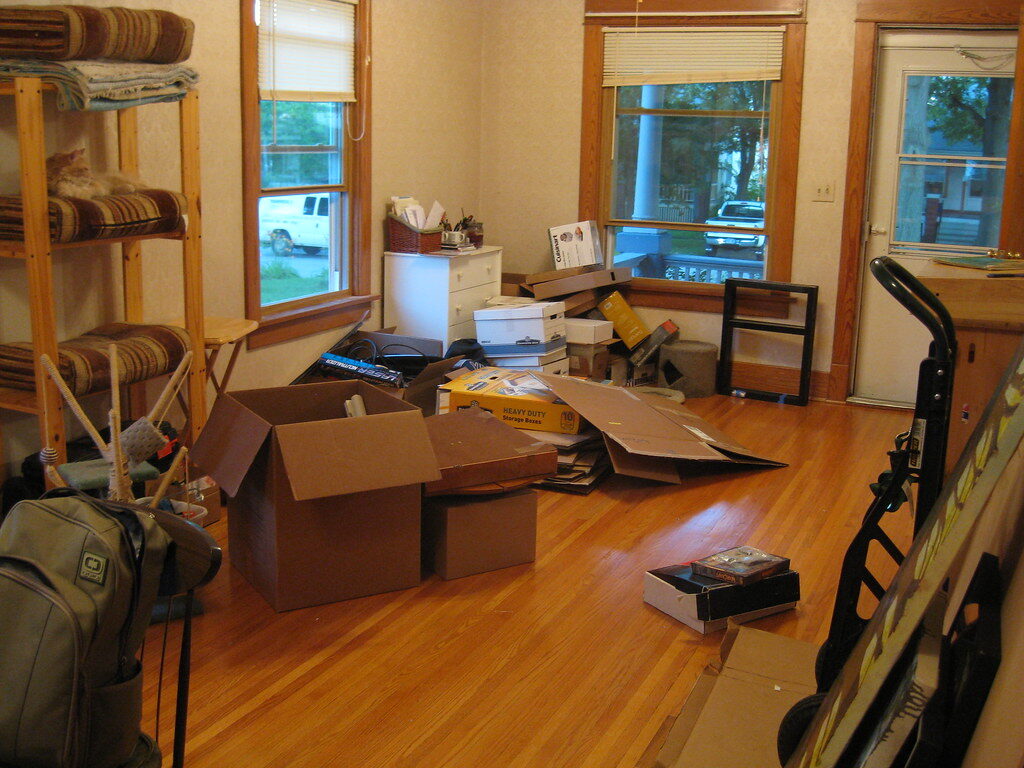
Clutter makes spaces feel smaller and distracts buyers from seeing the home’s potential. Piles of shoes by the door, overflowing countertops, or crowded bookshelves can overwhelm visitors. The goal is to let buyers imagine their own lives in the space, which is easier when surfaces are clear and rooms feel open. Consider packing away personal collections, toys, and excess furniture. This not only creates a more inviting look but also gives you a head start on moving. Clean, uncluttered rooms help buyers focus on the home’s actual features instead of your belongings.
3. Ignoring Minor Repairs

Small issues like a dripping faucet, loose doorknob, or squeaky hinge may seem insignificant, but they send a message that the home hasn’t been well maintained. Buyers often assume that if small things are overlooked, bigger problems might be lurking. Addressing minor repairs before showing the house makes it look cared for and move-in ready. Simple fixes, such as tightening handles, patching holes in walls, or replacing broken tiles, can make a big difference in how buyers perceive your property. It shows pride of ownership and builds buyer confidence.
4. Overpersonalizing the Space

Your home may reflect your personality, but buyers need to see themselves living there. Bold wall colors, themed rooms, or unique décor choices can make it hard for visitors to imagine their own style in the space. While you don’t have to strip all character away, opting for more neutral tones and simple décor creates a blank canvas. This doesn’t mean your home should feel cold or empty, just balanced enough so buyers can project their own ideas onto it. Think of staging as making the home welcoming yet adaptable for any lifestyle.
5. Using Poor Lighting
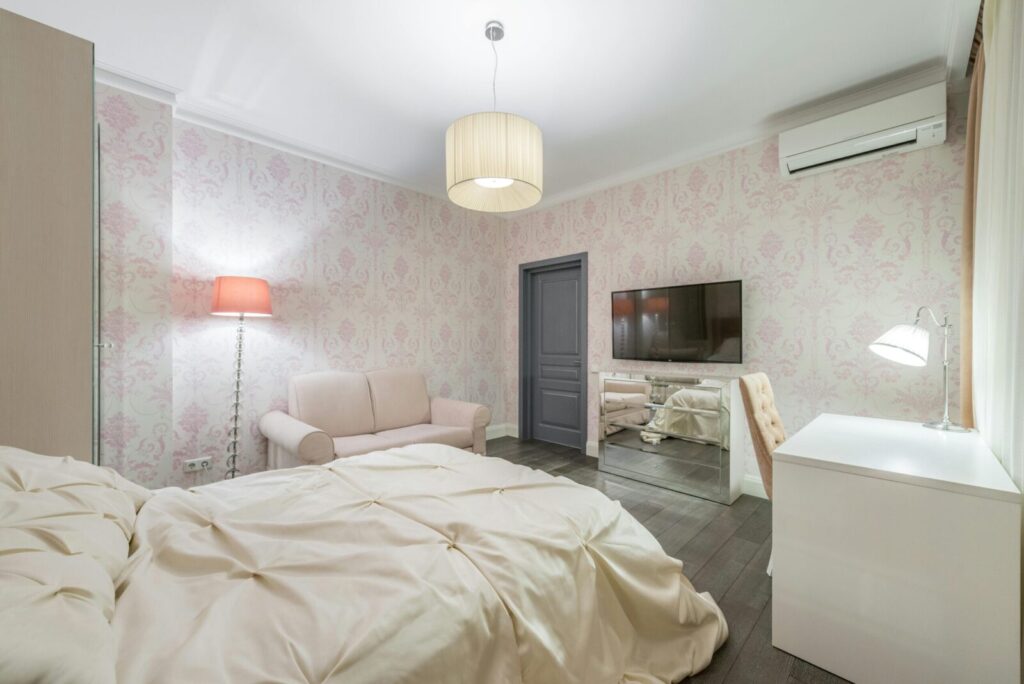
Lighting can dramatically affect how a home feels. Dim rooms or harsh lighting can make spaces seem smaller, older, or less inviting. Natural light is always a plus, so open curtains and blinds to let sunshine in. For areas that lack windows, make sure lamps and ceiling lights provide enough brightness. Warm, layered lighting in living areas creates a cozy feel, while brighter lights in kitchens and bathrooms highlight functionality. Good lighting not only makes the home more appealing in person but also improves how it looks in photos, which are crucial for online listings.
6. Skipping a Deep Clean

A home that looks dirty or smells musty is an instant turn-off. Dusty shelves, stained carpets, or greasy kitchens can overshadow even the best features. Before showings, invest time in a thorough cleaning scrub bathrooms, polish floors, and wash windows until they shine. Don’t forget hidden areas like baseboards, ceiling fans, and behind appliances. Fresh scents help too, but avoid overwhelming air fresheners, which can feel artificial. A clean home signals that it has been cared for, putting buyers at ease and making them more likely to picture themselves living comfortably there.
7. Pricing Unrealistically

Setting the right price is one of the most important steps in selling a house. If the price is too high, it may scare off buyers before they even tour the property. Too low, and you risk leaving money on the table. Overpricing can also cause a listing to sit too long, making buyers suspicious about why it hasn’t sold. Research recent sales in your area, consult with a trusted real estate professional, and be willing to adjust if needed. A realistic, competitive price generates more interest and can even spark bidding opportunities.
8. Overlooking Staging
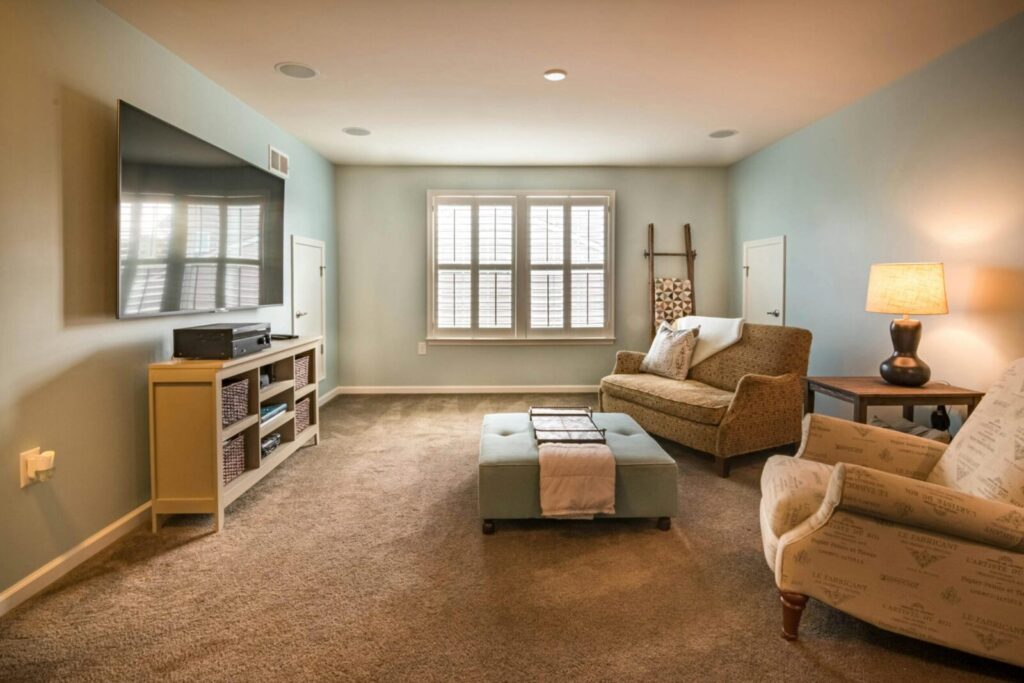
Staging isn’t about making your home look fancy it’s about helping buyers visualize how they could use the space. Empty rooms often feel smaller and less inviting, while overcrowded rooms can feel cramped. Staging with simple, well-placed furniture and tasteful décor highlights the home’s strengths and makes it feel functional. Even small efforts, like adding a rug to define a space or setting the dining table, can make a difference. Professional staging is an option, but DIY staging works too. It’s about creating an atmosphere that helps buyers feel at home.
9. Forgetting About Odors
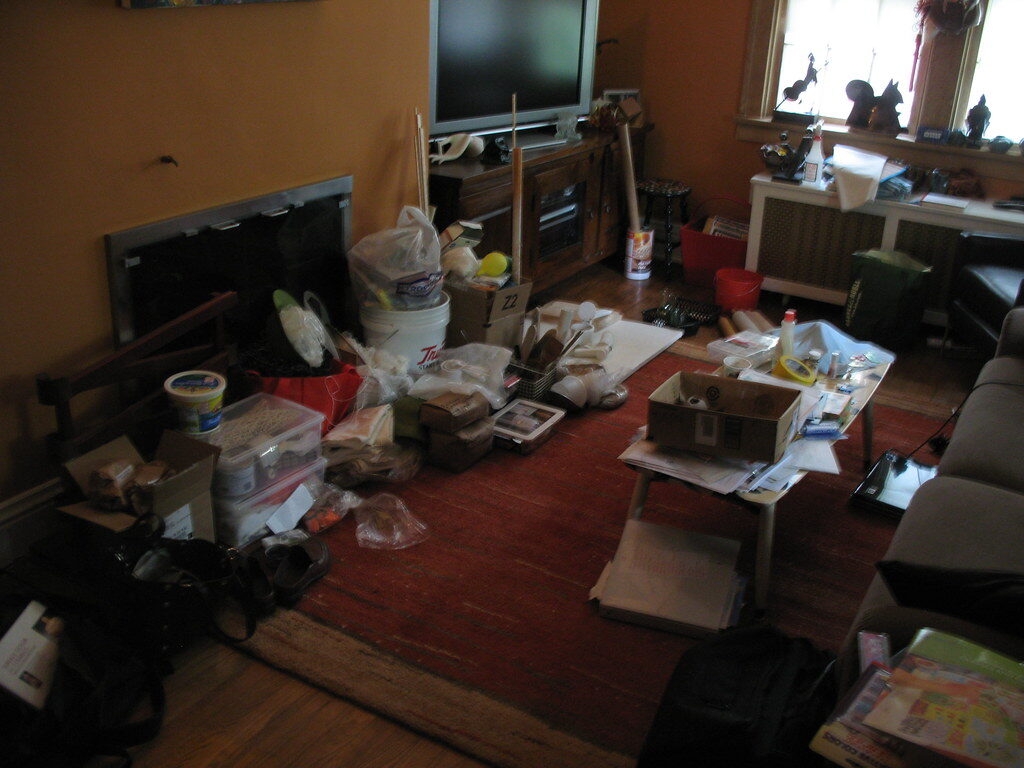
Smell has a powerful impact on how people experience a space. Lingering pet odors, cigarette smoke, or even strong cooking scents can instantly turn buyers away. Since homeowners often grow accustomed to their own home’s smell, it helps to get a second opinion from a friend. Before showings, air out the home by opening windows, cleaning carpets, and washing fabrics. Fresh flowers, mild candles, or baking cookies can add a pleasant touch, but keep it subtle. A fresh, neutral scent leaves a better impression and allows buyers to focus on the house itself.
10. Using Poor Listing Photos

Most buyers start their search online, and photos are the first impression they get. Dark, blurry, or poorly framed images can make a beautiful home look unappealing. Professional photography, or at least carefully taken high-quality photos, can highlight your home’s best features. Make sure rooms are clean, well-lit, and free of clutter before snapping pictures. Include wide shots to show space and layout, as well as close-ups of unique features. Investing in good photos helps your listing stand out in a crowded market and encourages more buyers to schedule visits.
11. Hiding Big Problems

Trying to conceal issues like a leaky roof, foundation crack, or water damage almost always backfires. Buyers will likely discover them during inspections, and dishonesty can ruin trust, leading to deals falling through. Instead of hiding problems, be upfront and decide whether to repair them before selling or adjust the price accordingly. Full disclosure not only protects you legally but also reassures buyers that you’re honest and transparent. Many buyers appreciate knowing exactly what they’re dealing with, and it can even help attract those willing to take on repairs.
12. Being Too Attached During Negotiations

Selling a home can be emotional, especially if you’ve lived there for many years. However, letting emotions drive negotiations can push buyers away. Rejecting reasonable offers out of pride or insisting on terms that don’t align with the market can prolong the process. Remember that buyers are also making a big financial decision, and flexibility is key. Treat the sale as a business transaction rather than a personal one. Keeping a level head helps ensure smoother negotiations and increases the likelihood of reaching a deal that benefits both sides.
13. Limiting Showings

The more buyers who see your home, the greater the chance of receiving offers. Restricting showing times or being inflexible with scheduling can cause you to miss out on serious buyers. While it may feel inconvenient to keep your home ready for visits, accessibility is essential in today’s competitive market. Try to be accommodating with times, including evenings or weekends, since many buyers have work schedules. The easier you make it for people to tour your home, the more opportunities you’ll create for a quicker, more successful sale.
14. Forgetting About Energy Efficiency
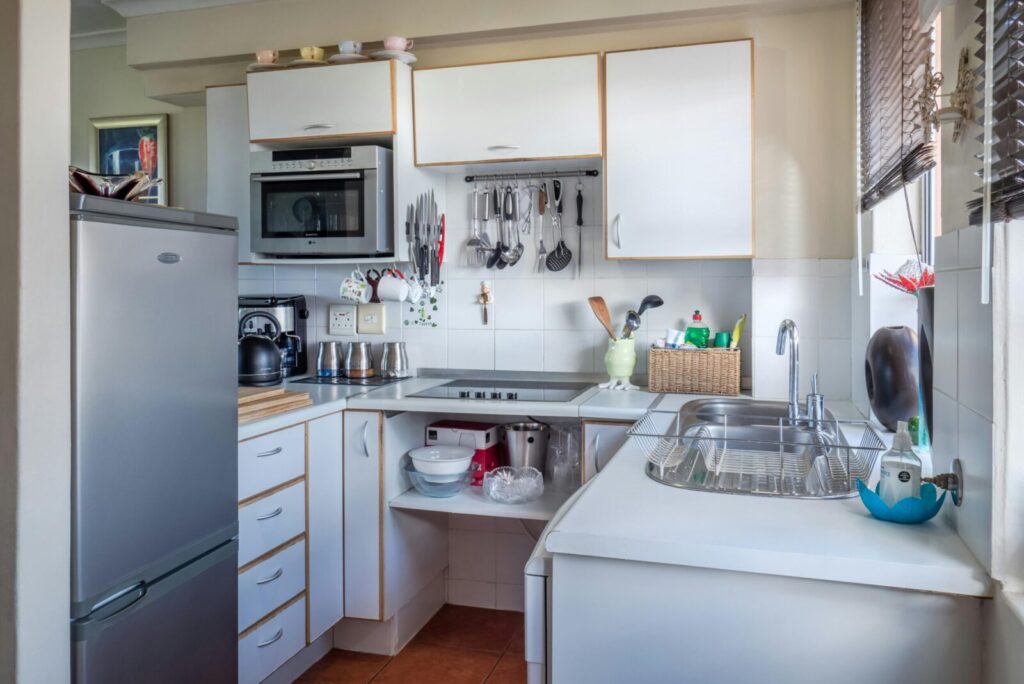
Many modern buyers are interested in homes that are cost-effective to run. Outdated appliances, drafty windows, or inefficient lighting can be a drawback. Simple upgrades, such as switching to LED bulbs, sealing windows, or installing a programmable thermostat, can improve your home’s appeal. Highlighting energy-efficient features in your listing, like solar panels, new insulation, or Energy Star-rated appliances, can attract eco-conscious buyers. Even small improvements show that the home is up-to-date and can help reduce utility bills. Buyers often see efficiency as added value that sets your home apart.
15. Overlooking the Backyard or Outdoor Space
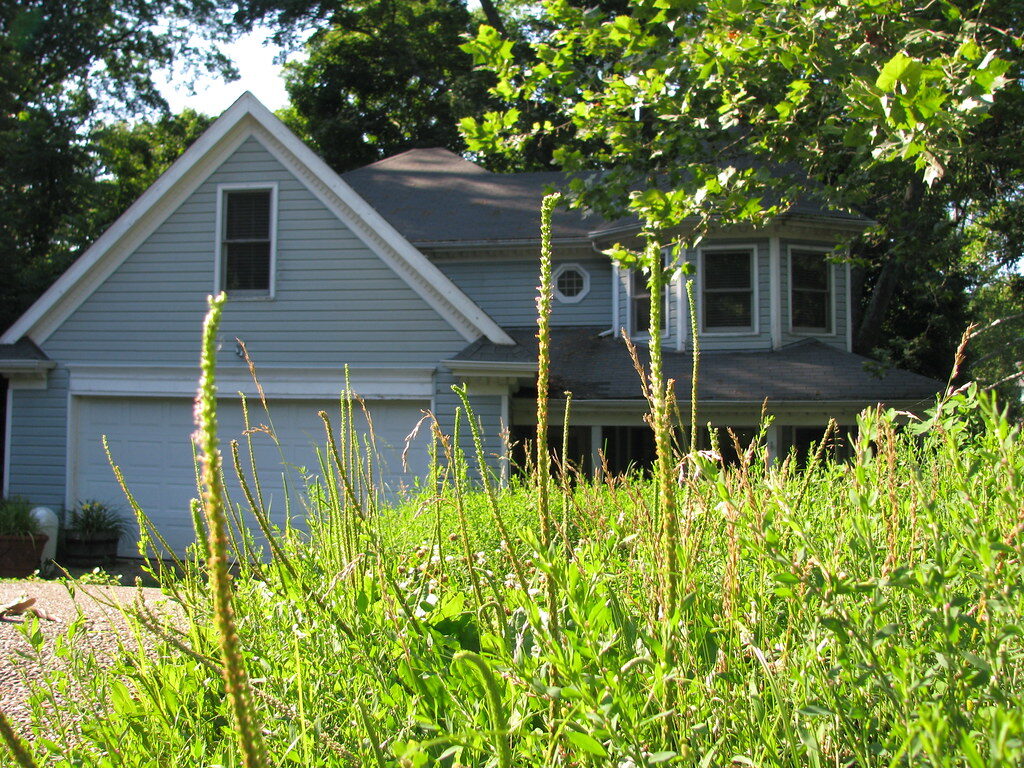
Outdoor areas are an extension of the home, yet they’re often overlooked when preparing for sale. A messy yard, broken patio furniture, or neglected deck can give the impression of wasted space. On the other hand, a tidy lawn, clean patio, or cozy seating area can make buyers imagine relaxing or entertaining outdoors. You don’t need a full renovation, just simple touches like potted plants, trimmed grass, and a clean grill can help. Treat your backyard as another living space, and it will feel like a bonus feature to buyers.
Comments